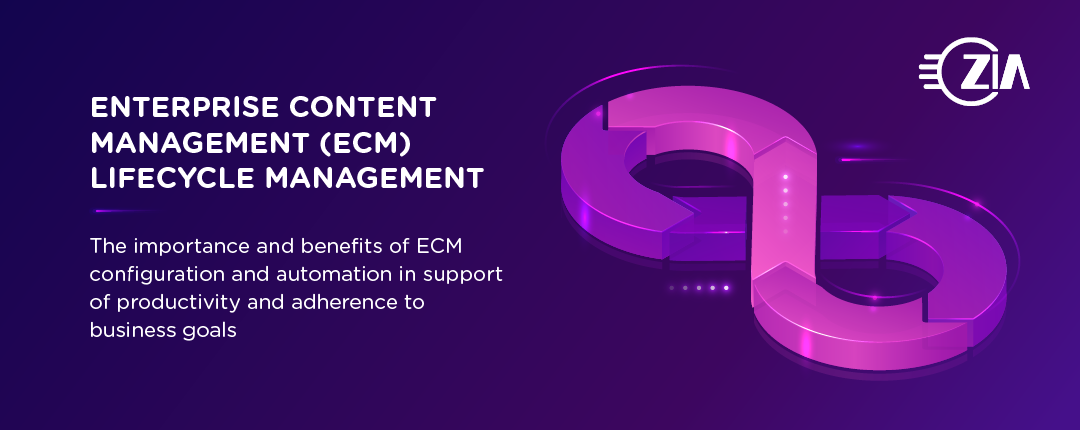Traditional Application Lifecycle Management
Application Lifecycle Management (ALM) is focused on the who, what, when and why of application changes. There are several suites of software dedicated to ALM, including but not limited to Jira Atlassian, IBM Rational, GitLab, SAP Solution Manager, and Rocket Aldon. Gartner has proposed to rename this to Application Development Lifecycle Management (ADLM). In both cases the focus is that changes of an application are visible and transparent as they evolve.
In a larger sense, the enterprise application lifecycle goes something like this. On the business side, someone gets an idea for process improvement and outlines the requirements to build a business case. From there the technical team puts together a design for others to implement. A select group of users test the newly implemented changes and suggest changes. This prompts additional iterations of the design. Once the design is approved, it is put into production. Changes are validated to ensure that they accurately reflect the approved design. As you can imagine, speeding up these processes is crucial.
ECM Application Lifecycle Management
The changes associated with ECM systems ALM are most often related to configuration and taxonomy. The changes include, but are certainly not limited to, customer defined properties, validation rules, new item input screens, policies, searches, security, and much more.
While it is no less important to track the who, what, when and why in these systems, it is critically important to ensure that changes from development, to questions and answers, to production are applied consistently. This ensures that updates made by developers are properly reflected in the testing area and accurately put into production. While the imperative for consistency may seem obvious, ensuring this consistency is not as easy as it seems. Let’s face it, ECM is complex and this allows it to tackle the complex content challenges organizations face. The configuration of content management repositories can often require working in multiple user interfaces, as well as multiple screens within those user interfaces. The stakes are even higher if the implementation includes a records management implementation, or satisfies other regulatory requirements. Businesses simply can’t afford to make configuration mistakes in their production environments.
The configuration of all of these items is an exacting process with many specific details. It can be difficult for humans to compare and confirm all of the subtle nuances between development, questions and answers, and production. Manually replicating all of the configuration changes through the various user interface elements is also a time consuming and error prone process. Do any of these symptoms sound familiar?
- Slow deployment to production
- Manual intervention of configurations
- No testing, or manual testing
Automation
If you answered yes to any of these symptoms, automating the configuration of ECM can provide value both in productivity and consistency. It allows the people responsible for the system to focus their attention where it matters most, instead of on redundant configuration and verification across multiple environments. Of course, as with all forms of ALM, it also helps to keep track of the changes over time so that others down the road as to the reasons the changes were made. Some ECM repositories include lifecycle management out of the box, while others do not. If your system does not include this crucial capability, Zia can help. Reach out to us and we’ll help you get the most out of their technology investments.

